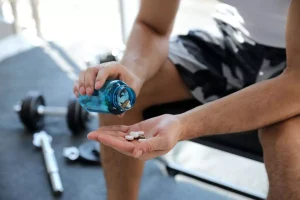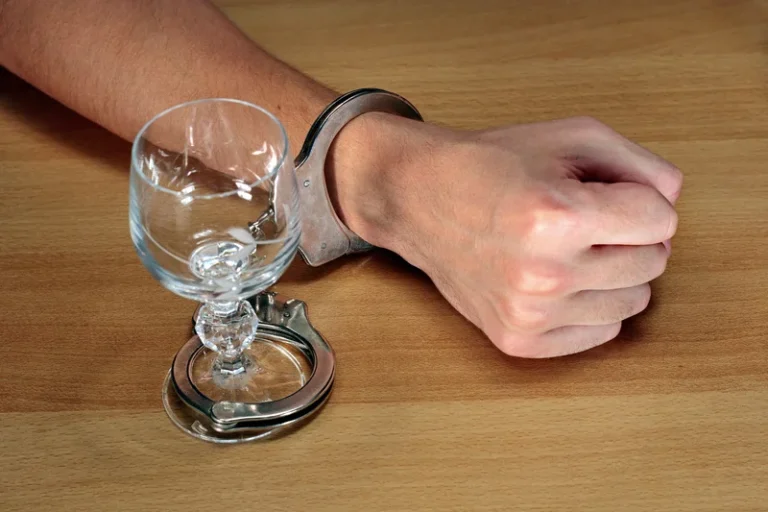If you accompany someone to an appointment, try to get an explanation for the person in simple language about the illness, the long-term effects and the options for recovery. There are different treatments available for people diagnosed with alcohol-use disorders. This spectrum helps diagnose whether an AUD is mild, moderate, or severe. Having two or three of the above criteria would be a mild AUD; four to five would be a moderate AUD, and six or more indicates a severe AUD.
- They can offer advice on how to approach your treatment and assist you with the process of detoxing, withdrawing, and recovering from alcohol use disorder.
- As mentioned above, the DSM-5 says an AUD diagnosis requires at least 2 of the 11 symptoms of alcoholism listed above to have occurred within the previous 12 months.
- For example, rats exposed to chronic alcohol treatment interspersed with repeated withdrawal episodes consumed significantly more alcohol than control animals under free-choice, unlimited access conditions (Rimondini et al. 2002, 2003; Sommer et al. 2008).
- If you drink only once in a while, it’s unlikely that you’ll have withdrawal symptoms when you stop.
- Examples of behavioral treatments are brief interventions and reinforcement approaches, treatments that build motivation and teach skills for coping and preventing a return to drinking, and mindfulness-based therapies.
Who is at risk for alcohol use disorder?
Having support and seeking professional treatment increases the chances for recovery from AUD. Groups such as Alcoholics Anonymous (AA) provide support for people who are recovering. It can be hard to see there is a problem even if the drinking is negatively impacting your health and your life. You shouldn’t attempt to drive or operate heavy machinery while under the effects of alcohol. In the United States, the legal limit for driving under the influence of alcohol is 0.08 percent, except in the state of Utah, where it’s 0.05 percent. Research shows a high correlation between alcohol misuse and high-risk sexual behavior, violence, crime, self-injury, and fatal injury from things like motor vehicle accidents.
How long does it take to cure nicotine dependence?
In order to begin the recovery journey from alcohol addiction, the body must first go through a process of detoxification. The detox period aims to remove all physical traces of alcohol from the body and allow time for the mental associations and habits around alcohol to reduce. Unfortunately, those who have developed a severe alcohol addiction from prolonged periods of drinking will have built a high dependence, meaning they may suffer severe withdrawal symptoms during detoxification. Depending on the level of alcoholism, these withdrawal symptoms can be extreme and occasionally fatal. Alcohol withdrawal can result in a condition called delirium tremens, which is characterized by rapid-onset confusion, shakes, and sweating. In some cases, it can lead to disturbances in the heart rate or rhythm, seizures, and a very high temperature.
While you are drinking
- Alcohol use disorder, once referred to as alcoholism, is characterized by the inability to stop or control the use of alcohol despite the problems it may be causing in day-to-day life, like at work, at home, and in relationships.
- Nicotine changes how the brain works, making it one of the most addictive substances in the world.
- Your body may get overloaded because it has no alcohol to counteract your now perpetually excited nervous system.
- Seeking professional help early can prevent a return to drinking.
- Horizontal lines and shaded area represent brain alcohol levels (means ± SEM) measured in the dependent mice during chronic intermittent alcohol exposure (28.4 ± 3.5 mM).
You should also consider attending a local AA meeting or participating in a self-help program such as Women for Sobriety. Alcohol use disorder develops when you drink so much that chemical changes in the brain occur. These changes increase the pleasurable feelings you get when you drink alcohol. Alcoholism, referred to as alcohol use disorder, occurs when someone drinks so much that their body eventually becomes dependent on or addicted to alcohol.

Telemedicine and Telehealth for Addiction and Recovery
Sober communities can also share relatable experiences and offer new, healthy friendships. And these communities make the person with an alcohol addiction accountable and provide a place to turn to if there is a relapse. If your pattern of drinking results in repeated significant distress and problems functioning in your daily life, you likely have alcohol use disorder. However, even a mild disorder can escalate and lead to serious problems, so early treatment is important.

More In Addiction
According to information from the National Institutes of Health, these discomforts usually peak 24 to 72 hours after your last drink, but they may last for weeks. While only a healthcare provider can diagnose an alcohol use disorder, there are several physical and behavioral signs that may indicate an individual struggles with their alcohol use. Nicotine dependence symptoms of alcohol dependence is when your body gets used to nicotine and the sensations it creates. Substance use disorder (SUD) is when your body needs nicotine to avoid withdrawal symptoms. Because nicotine disturbs your brain’s reward circuits, it’s highly addictive. In many cases, the first step of treating alcohol dependence is the drinker acknowledging there is a problem.











